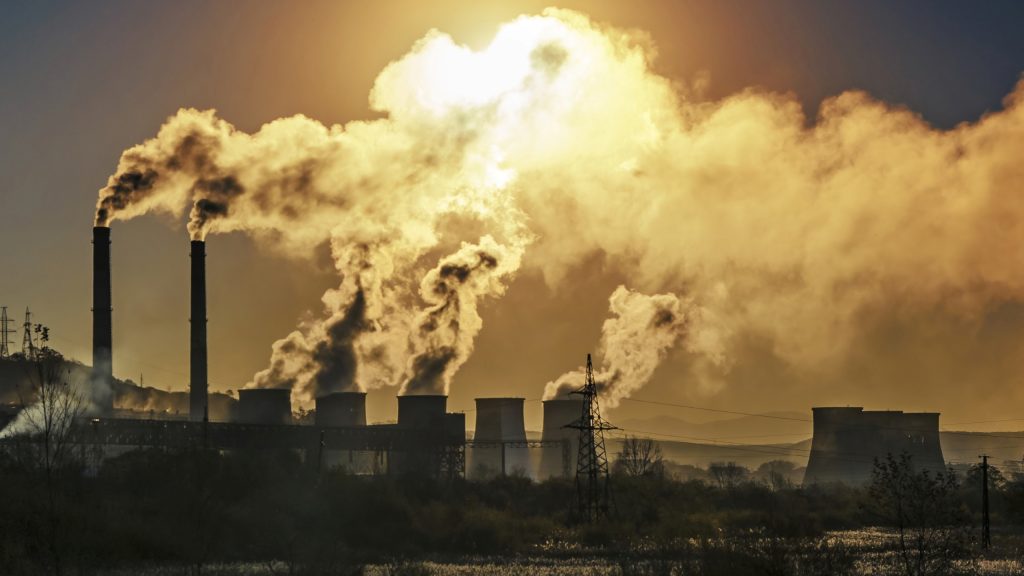
Canada has been struggling with climate targets, missing them repeatedly in the past, but Prime Minister Justin Trudeau’s Liberal government has committed to changing this pattern. In June 2021, the Canadian Net-Zero Emissions Accountability Act passed, requiring current and future governments to report on progress to hit Canada’s climate target of net-zero emissions by 2050. In March 2022, the government released the 2030 Emissions Reduction Plan, aiming to cut emissions by 40% from 2005 levels by 2030 and reach the 2050 target.
Despite the government’s claims that its climate policies are working, citing a smaller-than-expected increase from 2020 to 2021 in emissions (emissions dropped in 2020 due to COVID-19’s economic slowdown), the Climate Action Network states that emissions from the oil and gas sector are still increasing and calls for a robust oil and gas emissions cap to meet Canada’s targets.
In July 2022, Ottawa released a discussion paper about two potential options to reduce GHG emissions from the sector: creating a national cap-and-trade system or tweaking the existing industrial carbon pricing system specific to the industry. A decision on which system to implement is expected in the spring of 2023, with regulations by the year’s end.
At COP26, Canada pledged to reduce methane emissions from the oil and gas sector by 75% from 2012 levels by 2030. The federal government’s 2022 Methane Strategy states that 95% of Canada’s methane emissions come from three key sectors, including oil and gas operations, agriculture, and landfills. Canada brought in regulations in 2018 to reduce methane emissions in the oil and gas sector by 40-45% from 2012 levels by 2025. Plans aim to reduce the country’s methane emissions by more than 35% from 2020 levels by 2030.
Canada has also made commitments to help undeveloped countries respond to climate change, including announcing $5.3 billion over the next five years in June 2021. At COP27, Environment Minister Steven Guilbeault highlighted Canada’s commitment and other initiatives, advocating for other countries to adopt carbon pricing as a central part of their climate strategies. Canada’s carbon pricing system involves a mix of federal and provincial policies, covering more than 80% of the country’s total emissions. A federal system serves as a backstop where necessary, reaching $50 a tonne in 2022 and set to increase by $15 a year until it reaches $170 a tonne in 2030.